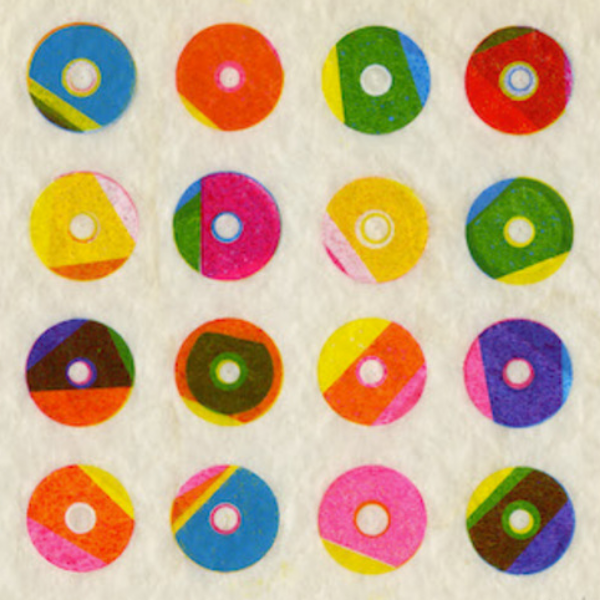How much can we influence the rate of innovation?
The distribution of product complexity helps explain why some technology sectors tend to exhibit faster innovation rates than other sectors.
















Innovation is how organizations drive technological change, but the rate of innovation can vary considerably from one technological domain to another. To understand why some domains flourish more rapidly than others, we studied a model of innovation in which products are built out of components. We derived a conservation law for the average size of the product space as more components are acquired and tested our insights using historical data from language, gastronomy, mixed drinks, and technology. We find that the innovation rate is partly influenceable and partly predetermined, similar to how traits are partly set by nurture and partly set by nature. The predetermined aspect is fixed solely by the distribution of the complexity of products in each domain. Different distributions can produce markedly different innovation rates. This helps explain why some domains show faster innovation than others, despite similar efforts to accelerate them. Our insights also give a quantitative perspective on lean methodology, frugal innovation, and mechanisms to encourage tinkering.